Film enthusiasts have been rejoicing as the demand for analog photography on film continues to grow, with many photographers returning to the medium after a digital photography revolution that began over three decades ago. According to industry insiders, the resurgence of film photography can be attributed to its unique aesthetic and tactile experience, which many digital photographers find lacking in their digital counterparts.
The rise of film photography has also been fueled by the increasing availability of film cameras and development services. Many photography enthusiasts are now opting to shoot with film cameras, such as the Nikon FM2T, and develop their film at local labs or online services like The Darkroom or Memphis Film Lab. These services offer a range of film development options, from traditional black and white to color film, and often provide detailed instructions and tutorials for photographers of all skill levels.
Industry experts attribute the growing popularity of film photography to its ability to evoke a sense of nostalgia and creativity. "Film photography is all about experimentation and discovery," said Sarah Johnson, a professional photographer and film enthusiast. "When you shoot with film, you have to think carefully about each shot, considering factors like lighting, composition, and exposure. It's a more deliberate and meditative process than digital photography, which can be overwhelming with the sheer number of options and settings."
The cost of film photography has also become more accessible, with many film cameras and development services offering affordable options for beginners. However, some industry insiders note that the cost of film itself has increased in recent years, making it more expensive for photographers to shoot with film. "Film prices have been rising steadily over the past few years, which can be a challenge for photographers on a budget," said Emily Chen, a film photographer and educator. "However, many photographers find that the unique aesthetic and creative freedom offered by film photography make it worth the extra cost."
The cultural impact of film photography has also been significant, with many artists and photographers using film as a medium to express themselves and tell stories. Film photography has been used in a variety of contexts, from fine art photography to documentary and street photography. "Film photography has a way of capturing the essence of a moment or place in a way that digital photography often can't," said James Lee, a photographer and artist. "It's a more human and intimate medium, which is why many photographers are drawn to it."
As the demand for film photography continues to grow, many industry insiders predict that the medium will continue to evolve and adapt to new technologies and trends. "Film photography is not just a nostalgic hobby, but a vibrant and dynamic medium that is constantly evolving," said Sarah Johnson. "We're seeing new developments in film technology, new cameras and lenses, and new ways of developing and printing film. It's an exciting time to be a film photographer."
In recent years, several new film development services have emerged, offering photographers a range of options for developing and printing their film. These services often provide detailed instructions and tutorials for photographers of all skill levels, making it easier for beginners to get started with film photography. "We're seeing a lot of interest in film photography from younger photographers who are looking for a more creative and hands-on experience," said Emily Chen. "Our development services are designed to make it easy for photographers to get started with film, whether they're beginners or experienced shooters."
As the popularity of film photography continues to grow, many industry insiders predict that the medium will continue to play a significant role in the world of photography. "Film photography is not just a niche interest, but a vibrant and dynamic medium that is here to stay," said James Lee. "We're excited to see where film photography will go from here, and how it will continue to evolve and adapt to new technologies and trends."
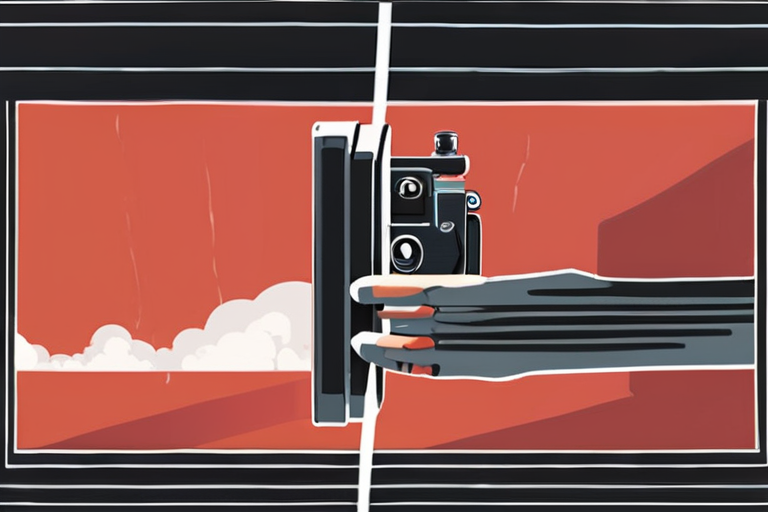


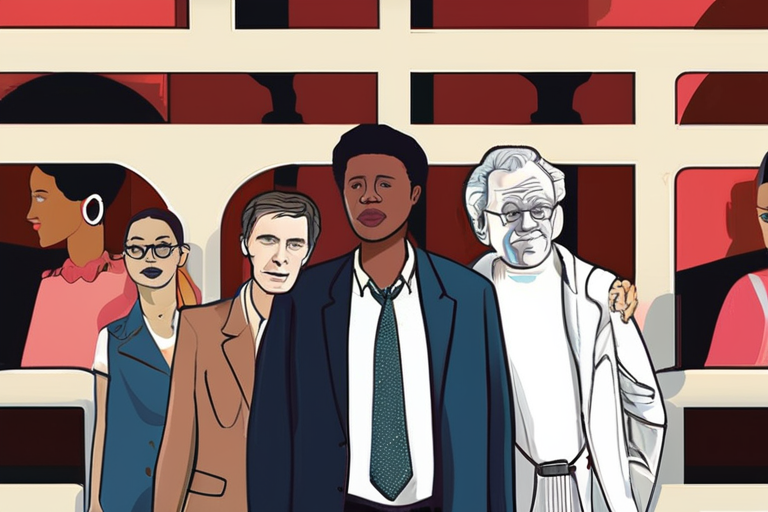




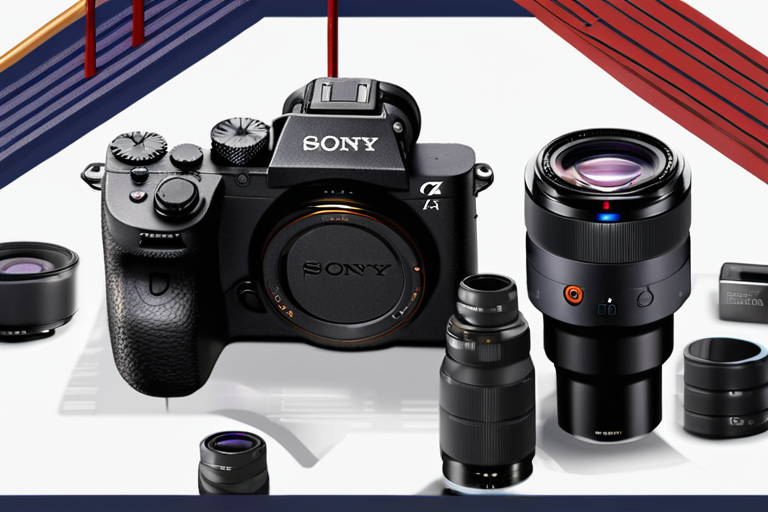
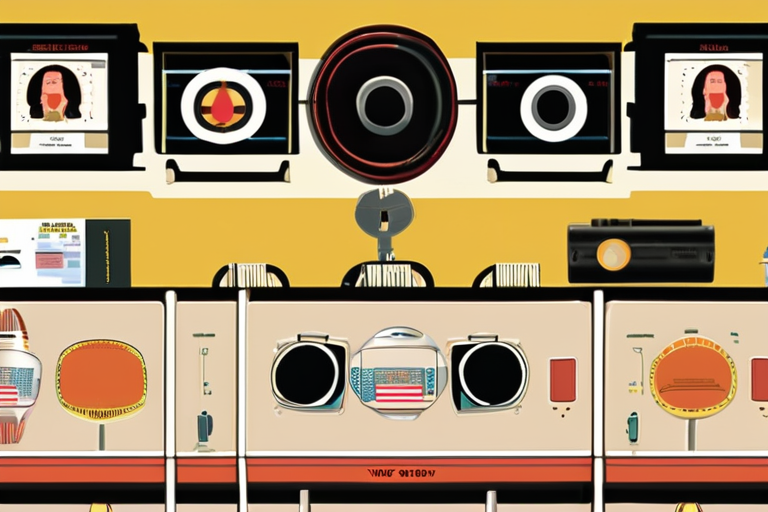




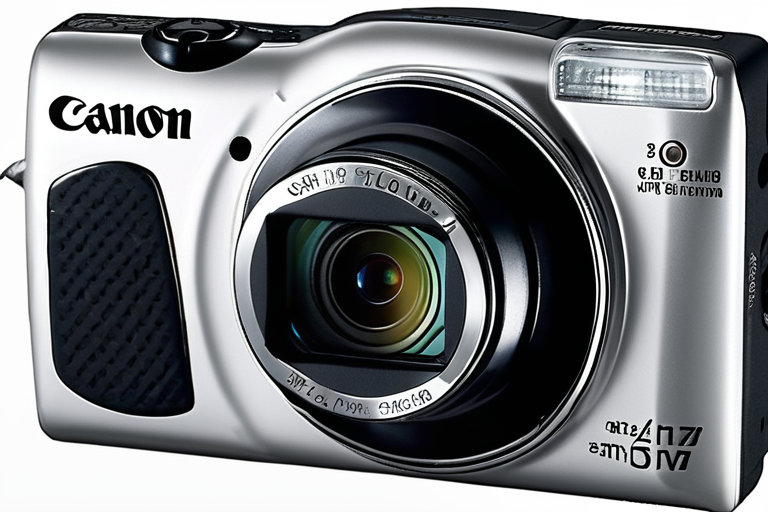

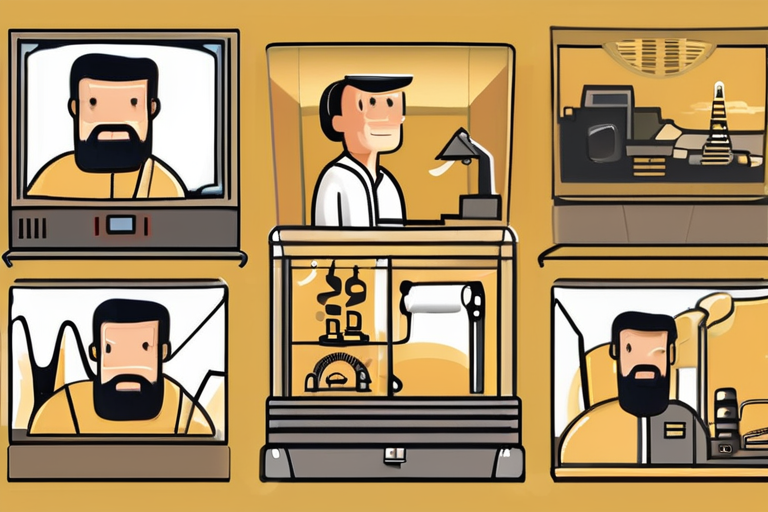

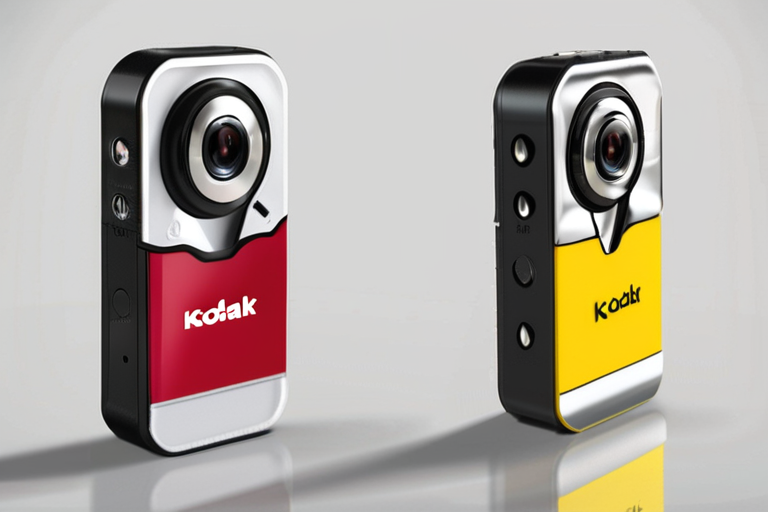



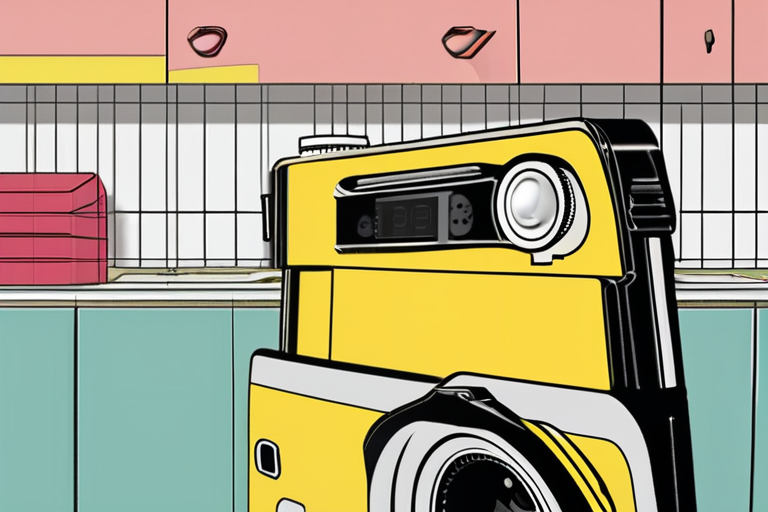


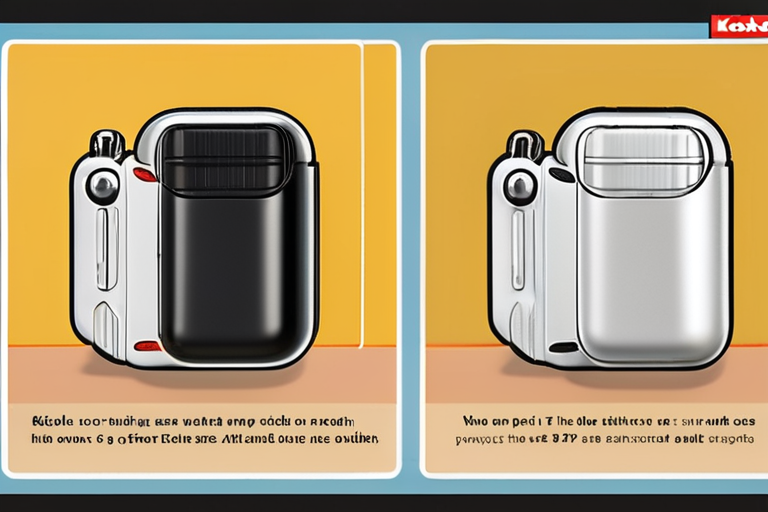
Share & Engage Share
Share this article